Love Happy (1949)Starring: Harpo Marx, Vera Ellen, Chico Marx, Ilona Massey, Groucho Marx, Paul Valentine, Melville Cooper, Raymond Burr, and Marilyn Monroe
Director: David Miller
Rating: Five of Ten Stars
A struggling Broadway play gets drawn into the game of cat-and-mouse of a psychopathic jewel thief (Massey) and an oddball private detective (Groucho Marx) when the theater's gopher (Harpo Marx) happens to take diamonds she was smuggling in a sardine can while on a shoplifting spree.
There are two historically noteworthy things about "Love Happy". First, it was the last time that the three-man center of the Marx Bros. comedy team appeared together in a film. Second, it was the first film appearance for future star Marilyn Monroe. Beyond that, there really isn't to recommend this film for anyone but the most entertainment-starved viewers--even huge Marx Bros. fans will be saddened by how the passage of time appears to have dulled their comedic edges. The frenetic pace and escalating insanity that was present in their great films from the 1930s is almost completely absent here, with just some faint echoes of it hovering around Harpo's character.)
Reportedly, the film was originally conceived to revolve entirely around Harpo Marx, and he also came up with the the story--which could be why the strongest echoes of what the Marx Brothers had once delivered is found around his character. While Chico is here, his character serves no purpose (other than to make references and a couple musical performances that remind us of much better Marx Brothers vehicles). Similarly, Groucho's role in the film is entirely incidental to the main action, and, although his character serves a purpose in the story, nothing would be lost--other than a few mildly amusing jokes--if it wasn't present at all. Although there's a widespread belief that both Groucho and Chico were added late in the development process, the only character that feels completely irrelevant is Chico. In fact, if most of his lines had been given to the Vera Ellen character, the film would have been much stronger for it. It would have put a greater emphasis on the relationship between Vera Ellen and Harpo Marx's characters, which would have made the film feel more coherent, as well as giving the two best performers and characters in the film more screen-time together.

The best parts of the film are all the scenes involving Vera Ellen; she's a bubbly, cute, and talented dancer playing a bubbly, cute, and talented dancer. Her song-and-dance production number at roughly the halfway point through the film is a definite highlight. Her scenes with Harpo are also great, even if a little sad since it's clear that he loves her, but she's got him squarely in the "Friend Zone." The plot elements advanced in those scenes are also among the most engaging in the film, both when they cross-over with the jewel thief plot, or are just there to advance mushy romance. Sadly, the film is so poorly scripted that neither Vera Ellen's character's relationship with Harpo, nor the main romantic subplot with Paul Valentine are given a proper resolution. Instead, after a wanna-be madcap chase around the theatre and across the rooftop involving the Marx Bros., the film's villains, the diamond necklace and some costume jewelry being passed back and forth, the film ends on the character portrayed by Groucho Marx. Some take this as evidence to the theory that he and Chico were forced into the film late in the process, but production notes and correspondence implies that Groucho was intended to be part of the project from the outset. He has some funny lines, but the fact the film ends on him--and in a way that is completely nonsensical and disconnected from just about everything that's been established previously in the film--is the final and most obvious sign of how poorly written this film is.
The low quality of the script also manifests itself in the fact that even otherwise funny gags are allowed to drag on to the point they become dull--like Harpo shoplifting; the bad guys (one of which is played hilariously by future Perry Mason Raymond Burr) pulling an impossible amount of items from Harpo's jacket; and the climactic rooftop chase where multiple antics on the part of Harpo and other characters start funny and end up tedious. The continuity issues and the attempt to augment comedic performances hampered by bad writing with dumb sound effects (which pretty much ruins some of Ilona Massey's scenes) only make the experience of watching this film more miserable.
I thought Vera Ellen and Harpo were so charming in this film, and their scenes together so enjoyable that I couldn't bring myself to give it the Four Rating that "Love Happy" probably deserves. I wish everything else around them had been better (and that their characters had gotten the proper story wrap-up they deserved.)
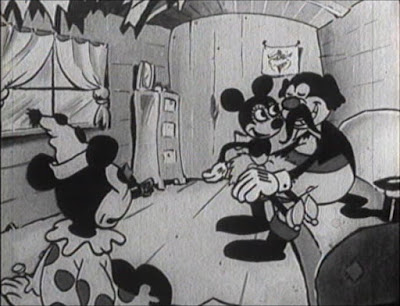



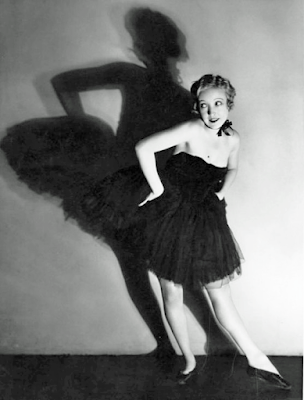



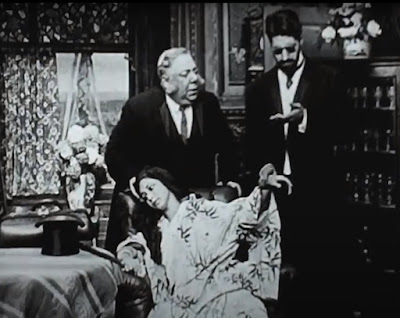

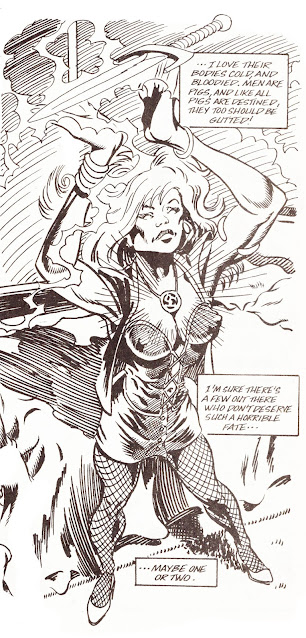

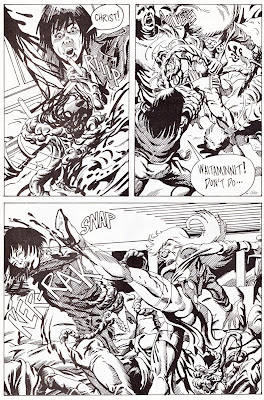
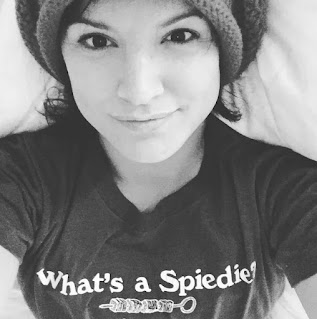

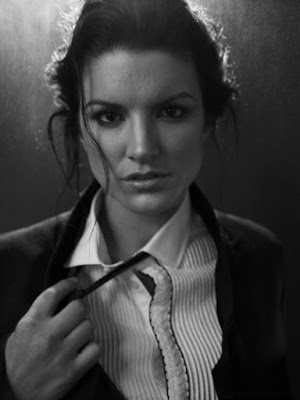
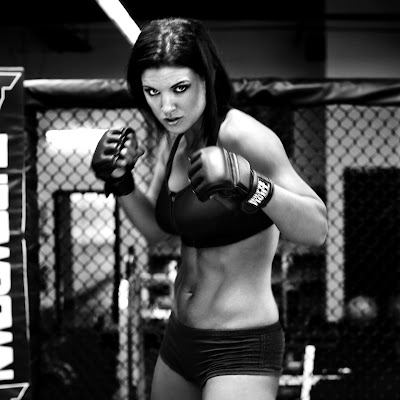
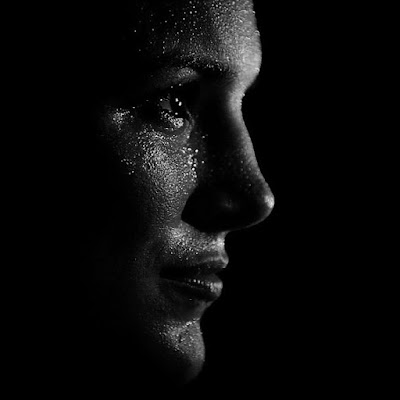


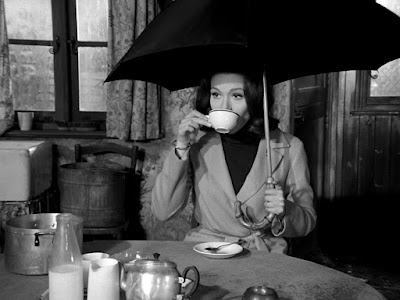






















.jpg)
